Dogs experience the world primarily through their noses, possessing a sense of smell that’s estimated to be 10,000 to 100,000 times more powerful than humans. This remarkable ability makes scent-based activities particularly engaging and fulfilling for our canine companions. Introducing scent trails for mental stimulation taps directly into their natural instincts while providing crucial cognitive exercise that many dogs lack in modern home environments. Whether you have a high-energy working breed, a senior dog needing gentle mental challenges, or simply a pet that could benefit from enrichment beyond physical exercise, scent work offers a versatile, adaptable form of stimulation suitable for dogs of all ages, breeds, and ability levels.
Understanding the Science of Canine Scent Detection

A dog’s olfactory system is remarkably complex, with up to 300 million scent receptors compared to a human’s mere 6 million. This biological difference means dogs perceive an entire dimension of the world that remains largely invisible to us. When dogs engage in scent work, they’re activating a significant portion of their brain dedicated to processing smells, creating mental stimulation equivalent to complex problem-solving for humans. The olfactory bulb in a dog’s brain, responsible for processing scent information, takes up a proportionally larger space than in the human brain, highlighting just how central scent detection is to their cognitive functioning. Understanding this fundamental aspect of canine neurology helps us appreciate why scent trails provide such potent mental exercise, often tiring dogs more effectively than physical activity alone.
Benefits of Scent Trails for Dog Mental Health

Regular engagement with scent trails provides numerous psychological benefits that contribute to a dog’s overall wellbeing. First and foremost, scent work helps reduce anxiety and stress by channeling energy into a focused, rewarding activity that mimics natural foraging behaviors. For dogs with behavioral issues stemming from boredom or insufficient mental stimulation, scent trails offer an outlet that can significantly decrease destructive behaviors like excessive barking, chewing, or digging. Studies have shown that dogs who regularly participate in enrichment activities like scent work display improved confidence, adaptability to new situations, and enhanced problem-solving abilities. Additionally, the mental fatigue from scent work often results in better-balanced dogs who are calmer at home, making it an excellent complement to physical exercise in a comprehensive care routine.
Essential Supplies for Creating Scent Trails

Before beginning scent trail activities, gathering the right supplies will set you up for success. Start with high-value, aromatic treats that will motivate your dog, such as small pieces of cheese, freeze-dried liver, or specially formulated training treats with a strong scent profile. You’ll need containers to hide treats in, ranging from simple cardboard boxes to specialized puzzle toys designed for scent games, depending on your dog’s experience level. For outdoor trails, consider purchasing small waterproof containers that can withstand weather conditions or specialized scent training kits available from pet supply retailers. Optional but useful items include cotton balls for applying essential oils or target scents (for more advanced work), a dedicated treat pouch for easy dispensing of rewards, and rubber-soled shoes to minimize contaminating the scent area with your own footprint when establishing trails outdoors.
Starting Simple: Indoor Scent Games for Beginners

For dogs new to scent work, beginning with straightforward indoor activities creates a foundation for more complex trails later. The classic “which hand” game involves hiding a treat in one closed fist, presenting both hands to your dog, and rewarding them when they sniff or paw at the correct hand containing the treat. Progress to hiding treats under one of three cups in plain sight, then graduate to placing treats in easy-to-find locations around a single room while your dog watches, then asking them to “find it.” As your dog grasps the concept, increase difficulty by hiding treats while your dog waits in another room, requiring them to search the entire area without visual cues. These progressive exercises teach your dog to understand the “find it” command while building their confidence in following their nose, creating a positive association with scent-seeking behavior that will serve as the foundation for more elaborate scent trails.
Progressing to Dedicated Scent Trail Sessions
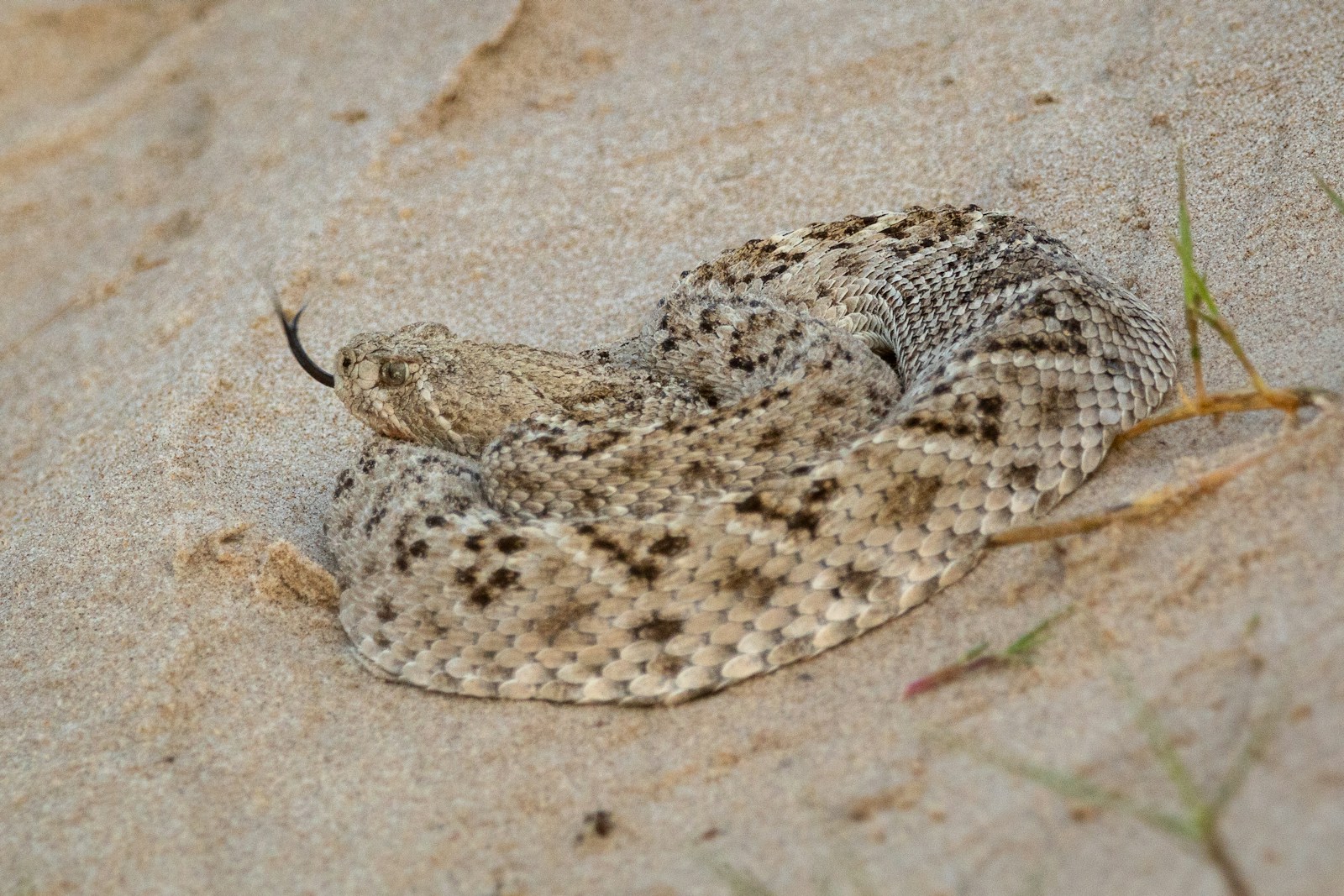
Once your dog understands basic scent games, structured scent trail sessions represent the next level of complexity. Begin each session with a clear starting ritual, such as showing your dog a specific toy or using a consistent verbal cue like “find it” or “search” that signals the beginning of scent work. For initial trails, use an open area with minimal distractions and create a simple path by dragging a strongly-scented treat or toy along the ground for a short distance (5-10 feet) leading to the hidden reward. Allow your dog to investigate the starting point thoroughly, encouraging them with positive reinforcement as they begin following the trail. As they successfully complete simple paths, gradually extend the length and add gentle curves, always ensuring your dog experiences success to build confidence before increasing difficulty. Consistency in your rewards and enthusiasm will reinforce that following scent trails leads to positive outcomes, cementing their understanding of the game.
Using Different Scents for Variety and Challenge
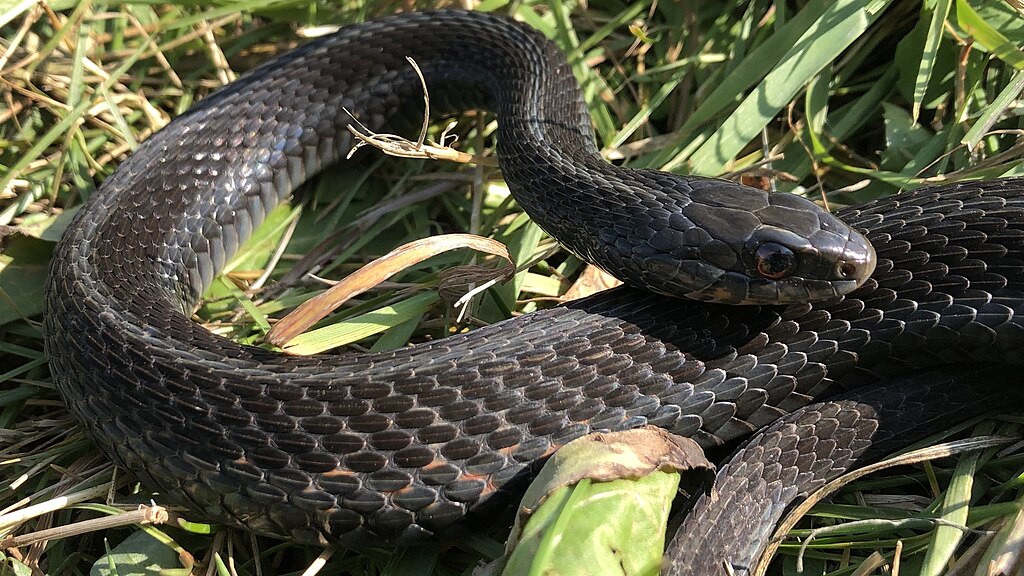
Introducing a diverse range of scents keeps the activity fresh and challenges your dog’s olfactory discrimination abilities. Begin with food-based scents that naturally motivate dogs, such as cheese, bacon, or peanut butter, which provide immediate reinforcement when discovered. As your dog becomes proficient, introduce non-food scents like essential oils (ensuring they’re dog-safe varieties like lavender or chamomile) applied to cotton balls, creating association through consistent reward when these scents are located. For more advanced work, consider introducing target odors used in competitive nosework like birch, anise, and clove, which develop your dog’s ability to distinguish specific scents from environmental distractions. Always introduce new scents gradually, pairing them with high-value rewards to establish positive associations and ensuring each new scent is clearly distinguishable from previous ones your dog has learned.
Creating Outdoor Scent Trails

Outdoor environments offer rich sensory experiences for dogs, though they present unique challenges when establishing effective scent trails. When first transitioning outdoors, choose a familiar, low-distraction area like a fenced yard where your dog feels comfortable and can focus on the task. Wind direction becomes crucial in outdoor settings—always set up trails so your dog works into the wind, allowing scent particles to flow toward them rather than away. Environmental factors like humidity levels affect scent dispersion, with moist conditions generally enhancing scent molecules’ availability while dry, hot conditions may dissipate scents more quickly. Start with more concentrated scents and shorter trails outdoors until your dog adjusts to filtering out the competing natural odors, gradually extending the complexity as they demonstrate successful discrimination of your planted scent from environmental distractions.
Adding Complexity with Elevation Changes
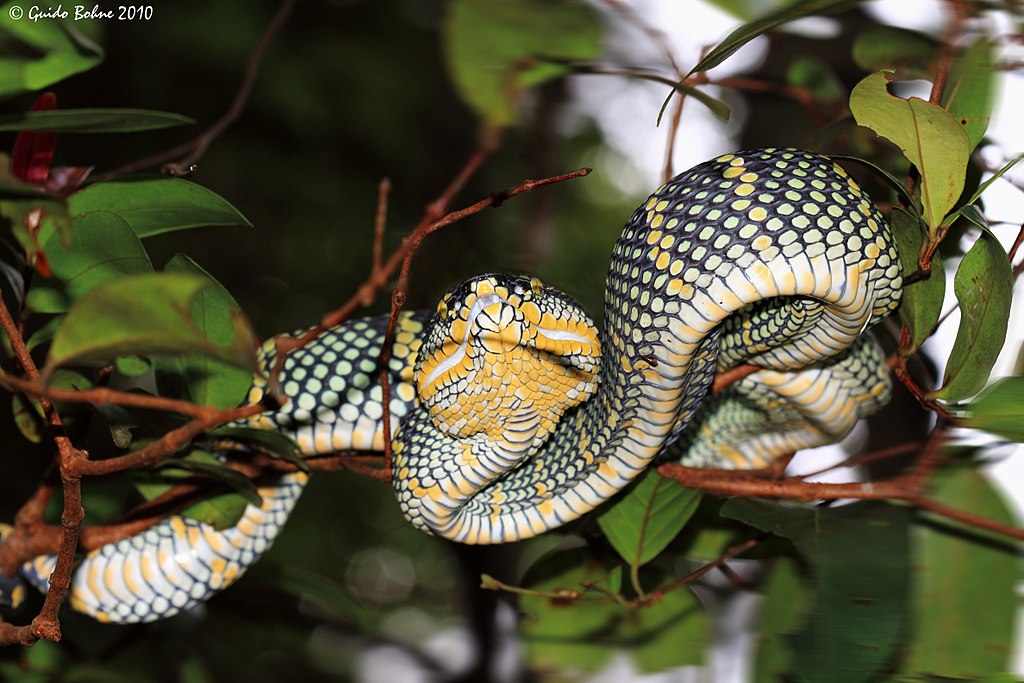
Once your dog masters ground-level scent trails, incorporating vertical elements adds significant mental challenge. Dogs naturally search at nose level, so placing scents at varying heights requires them to adapt their search strategy and consider three-dimensional space. Begin by placing scents slightly above ground level on stable objects like stumps, benches, or the first step of a staircase, using clear visual cues initially to help your dog understand that rewards may be found above ground. Gradually increase height variations, placing scents on shelves, under furniture, or attached to walls at different elevations, requiring your dog to physically investigate multiple levels during their search. As your dog becomes proficient, create complex trails that incorporate both horizontal and vertical components, perhaps starting at ground level, moving up stairs, along a bookshelf, and back down, providing comprehensive mental mapping challenges that develop advanced problem-solving skills.
Introducing Obstacles and Distractions

To further challenge experienced scent-trailing dogs, strategically incorporate obstacles and distractions that require problem-solving beyond simply following a scent. Create scenarios where your dog must navigate around barriers like furniture or garden features, teaching them that the shortest path to the scent may not always be a straight line. Place decoy scents (without rewards) along the trail to test your dog’s discrimination abilities and reinforce following the primary target scent to completion. Environmental distractions like other animals, people, or novel objects test your dog’s focus and ability to prioritize the scent-trailing task despite competing stimuli. Gradually introduce controlled challenges like scent trails that cross water features, requiring your dog to determine how to maintain the trail despite the interruption, or trails that pass through areas with strong competing odors like cooking spaces or garden herb patches.
Scent Trails for Special Needs Dogs

Scent work offers particularly valuable benefits for dogs with physical limitations or special needs, as it can be readily adapted to accommodate various conditions. For senior dogs with joint issues or limited mobility, create shorter trails on smooth surfaces without elevation changes, focusing on mental engagement while respecting physical constraints. Visually impaired dogs often excel at scent work since it relies on their intact and frequently enhanced sense of smell, providing confidence-building success experiences that compensate for visual limitations. Dogs with anxiety or fear issues benefit from predictable, controlled scent work in familiar environments where success is guaranteed, gradually building resilience and positive associations that may transfer to other contexts. For dogs recovering from surgery or injury, carefully designed scent activities provide crucial mental stimulation during periods of restricted physical activity, helping prevent depression and destructive behaviors that often emerge during recovery periods.
Group Scent Games for Multiple Dogs
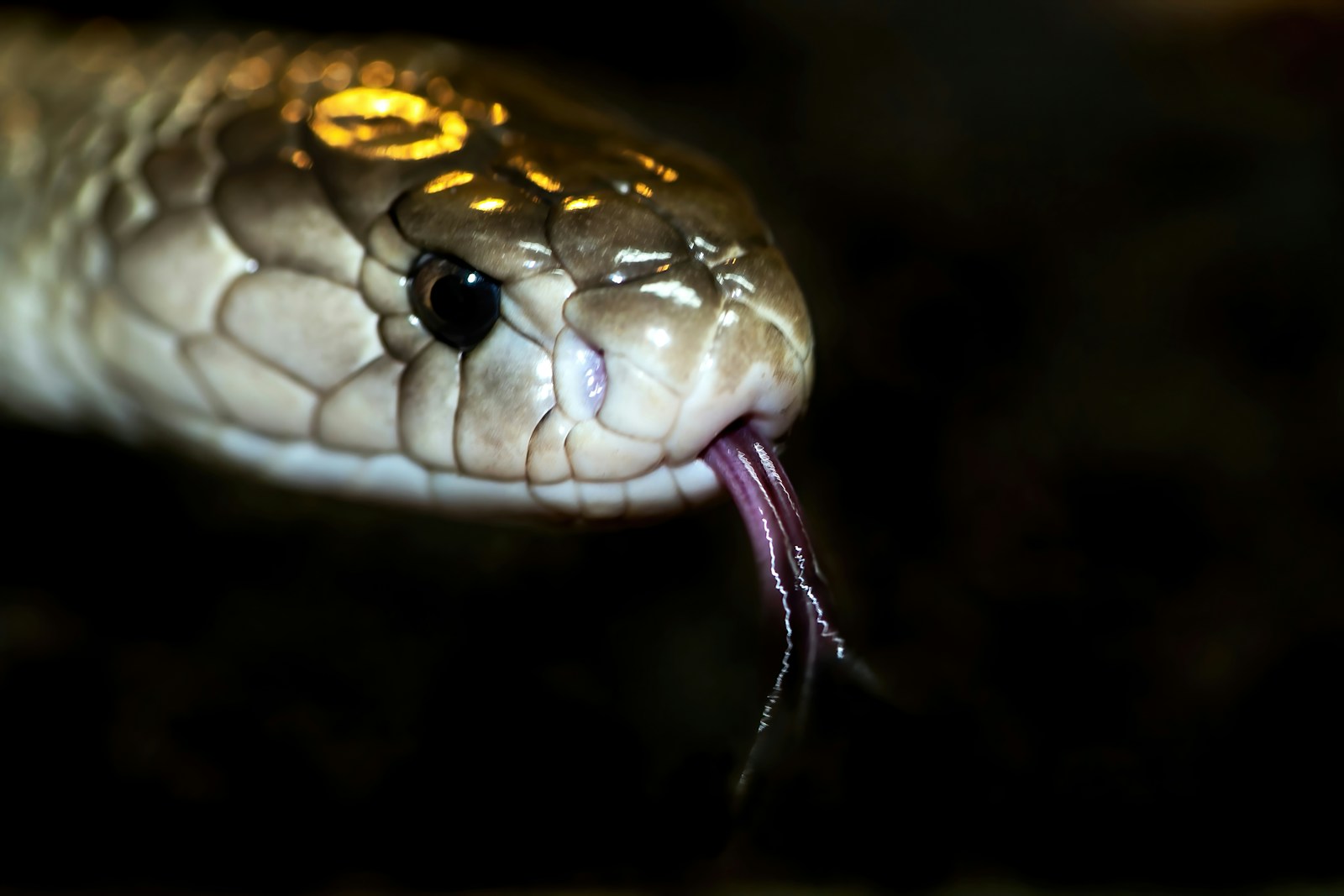
Multi-dog households can benefit from structured group scent activities that provide mental stimulation while managing the natural competitive instincts between dogs. When introducing group scent work, begin with each dog working individually while others are separated, allowing them to understand the game without competition. Progress to having dogs search in sequence, with each dog taking their turn while others observe, reinforcing patience and impulse control alongside scent discrimination skills. For advanced canine groups, create separate, parallel scent trails with individual target objects for each dog, using different scents that each dog has been specifically trained to identify, minimizing resource competition. Always ensure ample rewards for all participants and carefully monitor for signs of resource guarding or frustration, maintaining a positive atmosphere where cooperation is rewarded and individual success is celebrated regardless of which dog finds their target first.
Troubleshooting Common Scent Trail Challenges
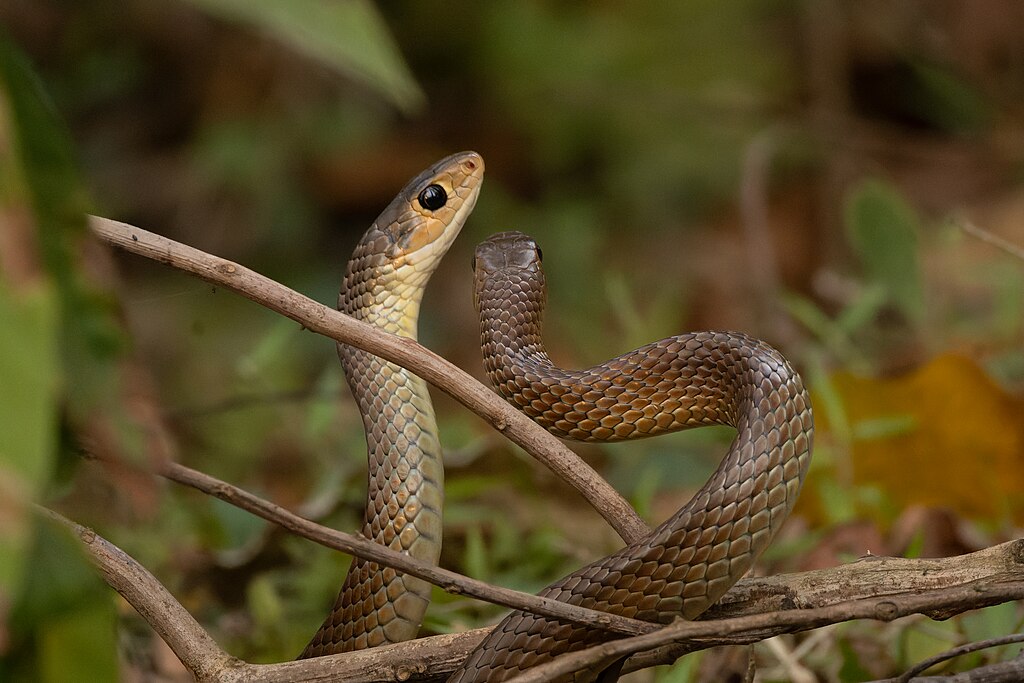
Even enthusiastic dogs sometimes encounter difficulties with scent trails that require thoughtful solutions. If your dog loses interest quickly, the trails may be too difficult—return to simpler designs and more obvious rewards, gradually building complexity as confidence returns. For dogs who seem overwhelmed by outdoor environments, create a transition by establishing scent trails that begin indoors and gradually extend outside, helping them adjust to the sensory shift. Dogs who rely too heavily on watching your body language rather than using their nose benefit from blind searches where you remain stationary or leave the area entirely after setting up the trail. If multiple failed attempts lead to frustration, immediately simplify the challenge and ensure success, as maintaining positive associations with scent work is essential for continued engagement. For dogs who struggle with specific environments or conditions, systematically identify the challenging variables and address them individually through gradual desensitization paired with highly rewarding scent work experiences.
Progressing to Competitive Nosework Activities

For dogs who demonstrate particular aptitude for scent trails, competitive nosework offers a structured pathway to develop their skills to remarkable levels. Begin by familiarizing yourself with organizations like the National Association of Canine Scent Work (NACSW) or the United Kennel Club (UKC) that offer standardized nosework competitions with clear progression paths. These organizations typically use specific target odors—usually birch, anise, and clove—which you’ll need to systematically introduce to your dog using the foundational skills developed through recreational scent trails. Competitive preparation requires training for diverse search scenarios including containers, interior spaces, exterior environments, and vehicles, each presenting unique scent challenges. Consider joining local nosework training groups or working with certified instructors who can provide specialized guidance on competition preparation, including search strategies, reading your dog’s subtle alert behaviors, and handling techniques that support rather than interfere with your dog’s natural scenting abilities.
Conclusion
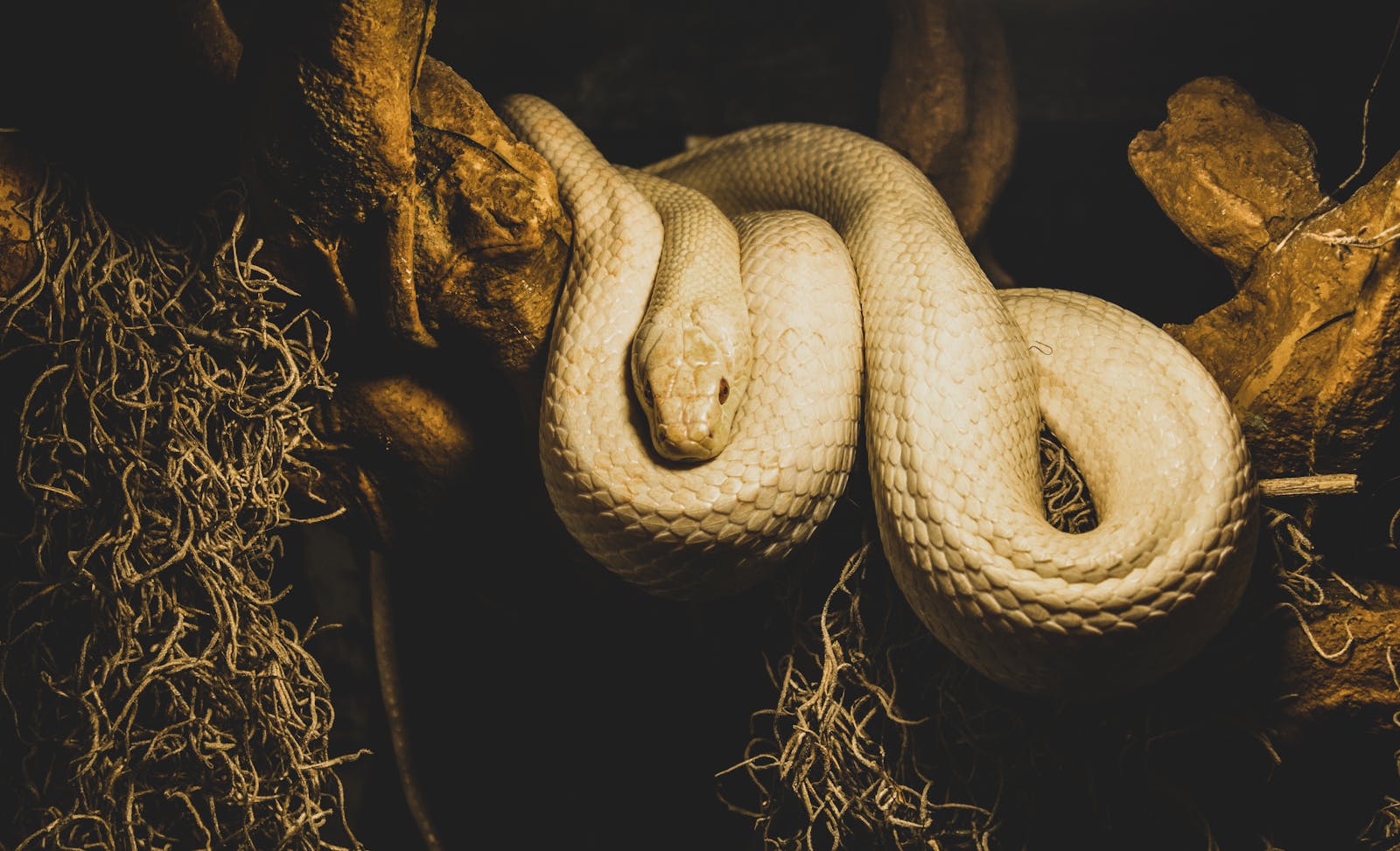
Scent trails represent one of the most accessible yet profound forms of enrichment available to dogs, tapping directly into their evolutionary strengths while providing crucial mental stimulation. Whether implemented as simple home games or developed into complex training scenarios, scent work offers benefits that extend far beyond the activity itself—reducing problem behaviors, building confidence, strengthening the human-canine bond, and often providing a shared activity that both species genuinely enjoy. By starting with foundational exercises and progressively building complexity based on your dog’s individual abilities and interests, you can create a lifetime of engaging mental challenges that satisfy their innate drive to use their remarkable olfactory capabilities. In a world where many dogs’ natural instincts go unfulfilled, scent trails offer a bridge between their evolutionary heritage and modern domestic life, resulting in happier, more balanced canine companions.





